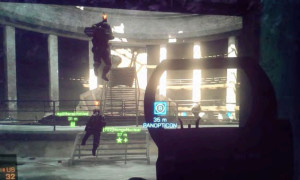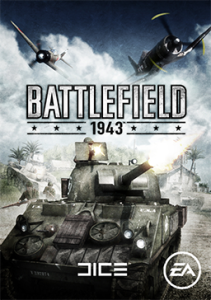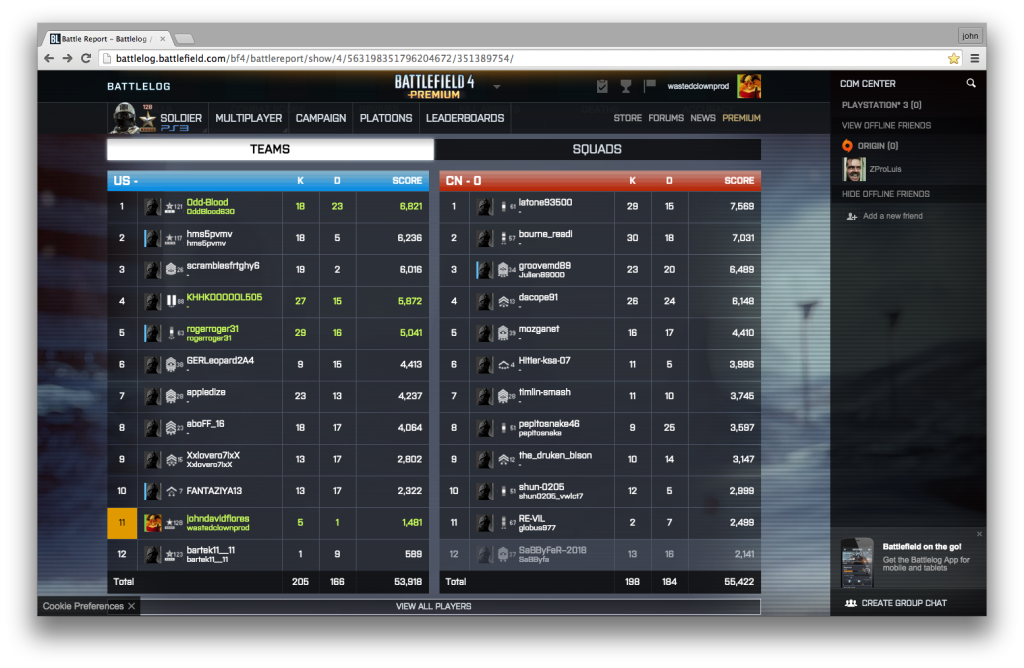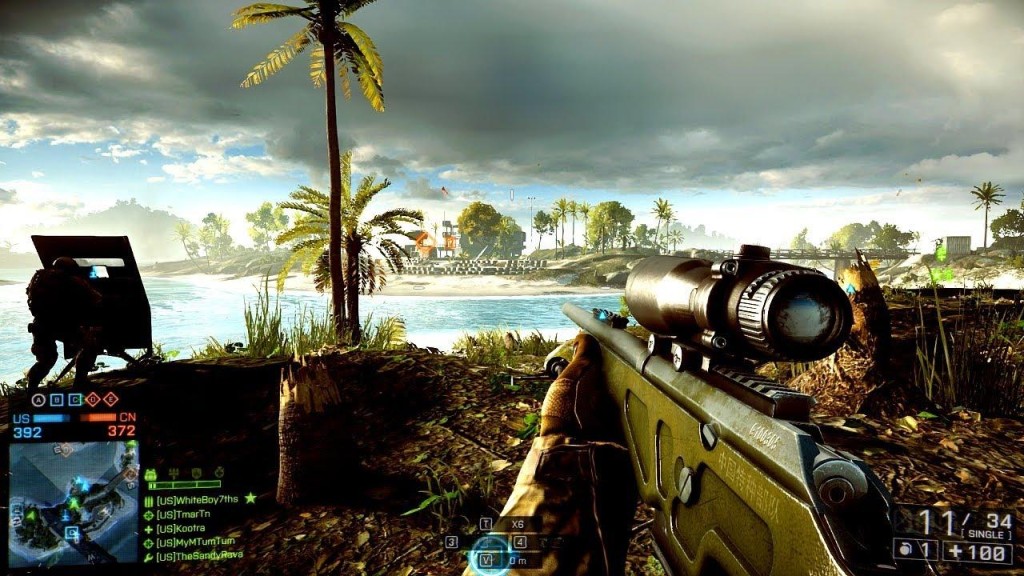Editor’s Note: This treatise is in no way intended as an attack on the gaming industry, community, or culture. BOOM Salad is both honored and privileged to consider itself a card-carrying member of all three. However critical or controversial the conclusions of this paper, as revealed in Part II, they are motivated by three goals: 1) To dispel the myth that these games are simply ‘childish diversions’; 2) Admit publicly that the rating system is toothless and therefore, of little or no consequence. And finally, 3) As willing participants and a mature community, gamers have a responsibility to protect future gamers: our little sisters and brothers, daughters and sons, grandchildren, etc. from harm in the ever-evolving phenomena we call “gaming”. That these risks to young players exist is well-documented. That we can do something about it, is not. This essay is an effort to begin that process responsibly and respectfully to all involved. In the end, it is our sincere hope that you may enjoy it. -BOOM.
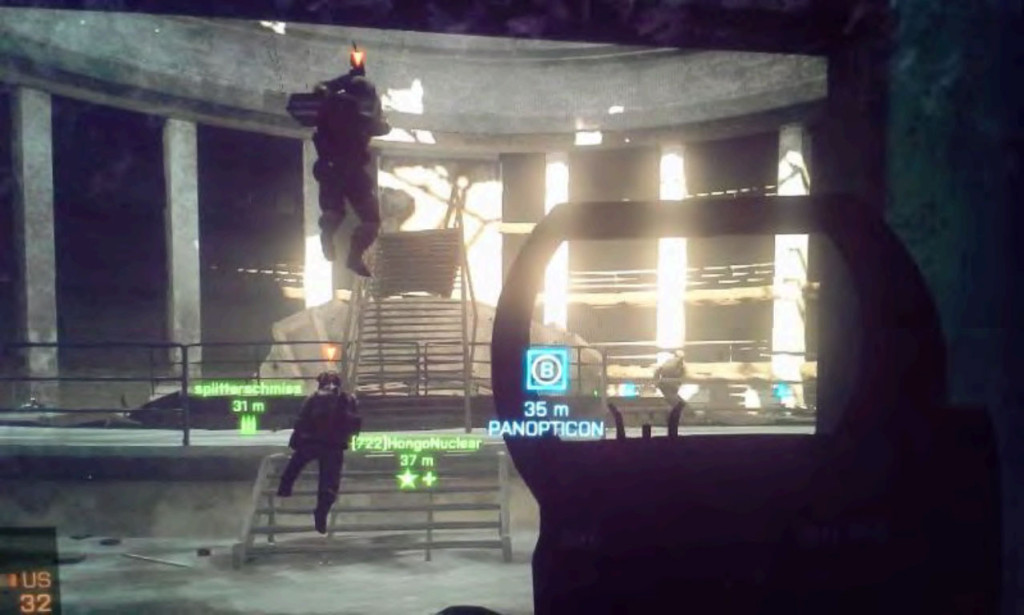
“…at the periphery, an annular building; at the centre, a tower; this tower is pierced with wide windows that open onto the inner side of the ring; the peripheric building is divided into cells, each of which extends the whole width of the building; they have two windows, one on the inside, corresponding to windows of the tower; the other, on the outside, allows the light to cross the cell from one end to the other. All that is needed then, is to place a supervisor in a central tower and to shut up in each cell a madman, a patient, a condemned man, a worker or a schoolboy… They are like so many cages, so many small theatres, in which each actor is alone, perfectly individualized and constantly visible.” – Michel Foucault describing Jeremy Bentham’s Panopticon prison design, Discipline and Punish, 1975.
Video games have been a part of my life since my childhood days growing up in Silicon Valley during the mid to late-seventies. I can still remember playing the first video game console, PC, and arcade games that would become the genesis of the video game revolution of the late-20th century.
But at a certain point, just like my Wolverine comics, “blue” my baby blanket, and my horde of football, baseball, and basketball cards, I gave it up for something better: girls. Afterwards, I played video games only sparingly and mostly solitaire and chess. Thus, the feeling of play never matched the fond memories I have of a youth misspent in the darkened, cavern-like, mall arcade circa 1982 (see Figure 2). Continue reading The Panopticon in my Bedroom: The Role of Prison Discipline in Video Gaming in the 21st Century. (Part I and II)
